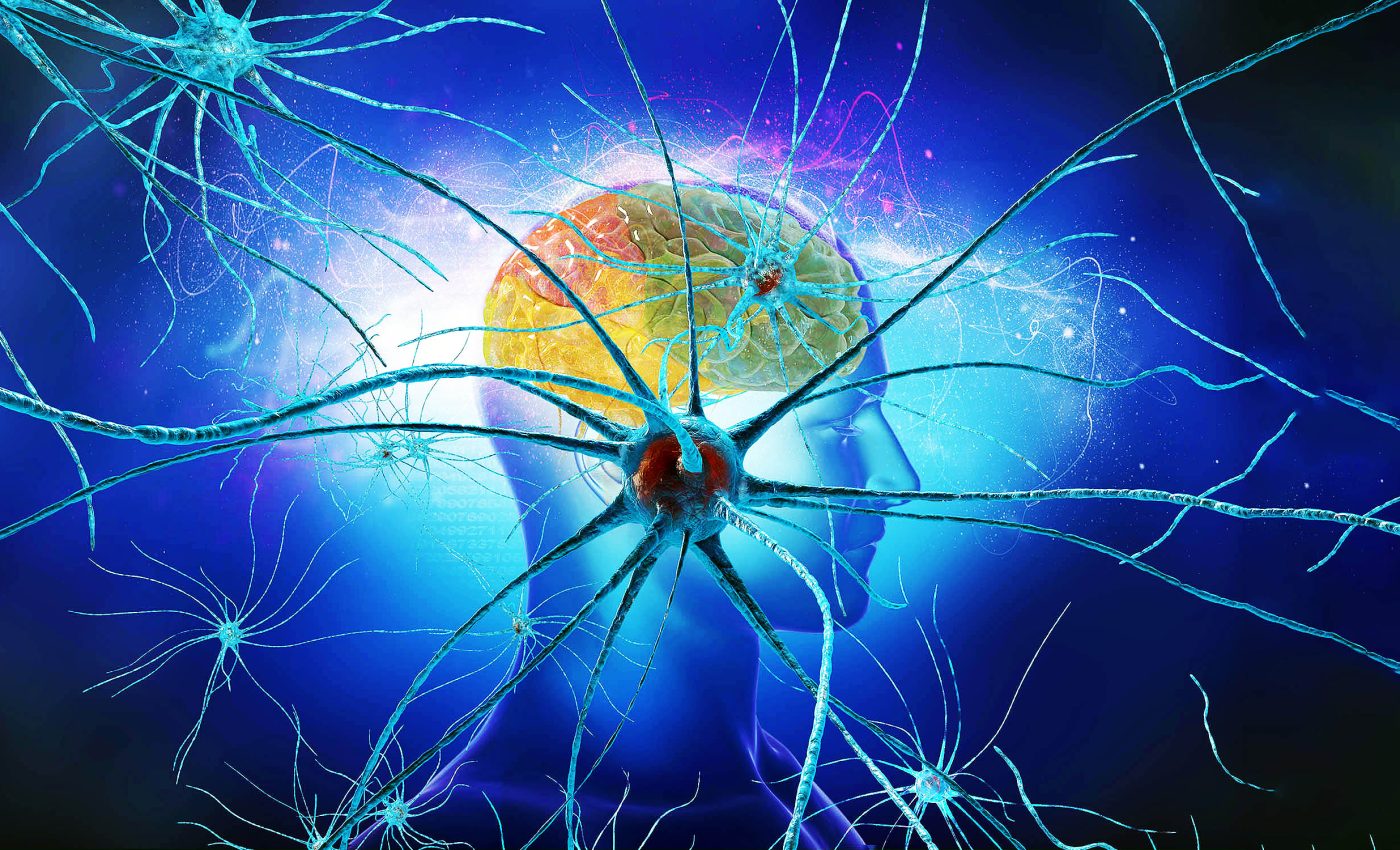
Quantum connection behind brain signals and human consciousness
What truly defines our consciousness? How does it arise from mere biological processes? These questions have sparked countless debates and studies. Some fascinating new research in the quantum realm might bring a glimmer of light into this abyss of questions, potentially unraveling the enigma that is human consciousness.
The mystery of consciousness has tied us in knots for centuries, captivating philosophers, scientists, and thinkers alike. We marvel at the brilliance of our own minds, exploring the depth of our thoughts, emotions, and experiences, only to find it equally baffling and elusive.
Through neuroscience, psychology, and philosophy, we can begin to piece together the puzzle of what it means to be aware and alive.
Meet Yong-Cong Chen, an esteemed professor from Shanghai University and the Shanghai Center for Quantitative Life Sciences. Chen is dedicated to unraveling those mind-bending questions that keep us awake at night.
The consciousness conundrum
The greatest challenge in understanding consciousness lies in its inherent complexity.
How do our brains, composed solely of biological tissue, manage to generate intricate processes such as thoughts, emotions, and the remarkable phenomenon of self-awareness?
This perplexing question has intrigued philosophers and scientists for centuries.
While intriguing theories like neural synchronization — which posits that various regions of the brain collaborate seamlessly — and neurotransmitter interactions influencing mood and behavior provide valuable insights, they do not offer a comprehensive explanation.
The synchronous firing of millions of neurons that creates the rich tapestry of human experience remains a mystery.
Some researchers even speculate that quantum mechanics might hold the key to unraveling the secrets of consciousness. In particular, the fascinating notion of instantaneous communication between particles across vast distances known as quantum entanglement.
Exploring quantum consciousness theories
Striding into this relatively unexplored territory, Chen and his team speculated that quantum mechanics, specifically quantum entanglement, could have a role in brain communication.
They have zoomed in on the myelin sheath, a protective layer encasing nerve fibers, which seems to play a huge role in neuron synchronization.
The myelin sheath, our neural bodyguard, not only shields axons (neuron transmitters) but also boosts neural transmission speed.
However, the puzzle remains unsolved as the neural signals tend to travel slower than sound, prompting us to ask, how do our brains synchronize countless neurons efficiently? Chen and his crew believe quantum entanglement could hold the answer.
Studying consciousness in the quantum realm
Chen’s team, in their pursuit of answers, treated photons and their surrounding electromagnetic fields in the myelin sheath as quantum entities.
They unearthed that the myelin sheath traps energy within, acting as an electromagnetic cavity, producing highly entangled photons.
These entangled photons defy the basic principles of classical physics where changing the state of one photon, would instantly affect the other, regardless of the distance between them.
“We showed that the two photons can indeed have a higher rate of being entangled under certain conditions,” Chen explained.
This intriguing discovery implies that our brains might be using quantum mechanics to promote faster neuron communication, potentially rewriting our understanding of neural communication, and ultimately, consciousness.
Real-world implications
Imagine if we unraveled the mystery of consciousness. It would change the way we understand not only our minds but perhaps offer profound insights into brain diseases, improve brain-machine interfaces, and maybe even advance artificial intelligence. The potential applications of these findings are vast.
Consider the possibility of this photon entanglement extending to potassium ion channels in neurons. This could mean a quantum effect on neuron firing, opening up new perspectives on brain signaling.
Chen highlights, “at this early stage, our primary goal is to identify possible mechanisms of neural synchronization, which affects numerous neurobiological processes.”
His work is a testament to the boundless mysteries that our brains hold and the extent of our efforts to understand it.
Future of quantum consciousness research
Our brains, the most complex organs in our bodies, continue to amaze and challenge us. Chen’s research offers a new lens to view these wonders, suggesting that quantum mechanics might be a silent player in our brain communication.
As we grapple with consciousness’s intricacies, mind-bending research like Chen’s reminds us of the limitless possibilities that stretch before us.
Could quantum mechanics and the human brain be entwined in ways we never imagined? The story of the origin and emergence of consciousness is only just beginning.
The full study was published in the journal Physical Review E.
—–
Like what you read? Subscribe to our newsletter for engaging articles, exclusive content, and the latest updates.
Check us out on EarthSnap, a free app brought to you by Eric Ralls and Earth.com.
—–













